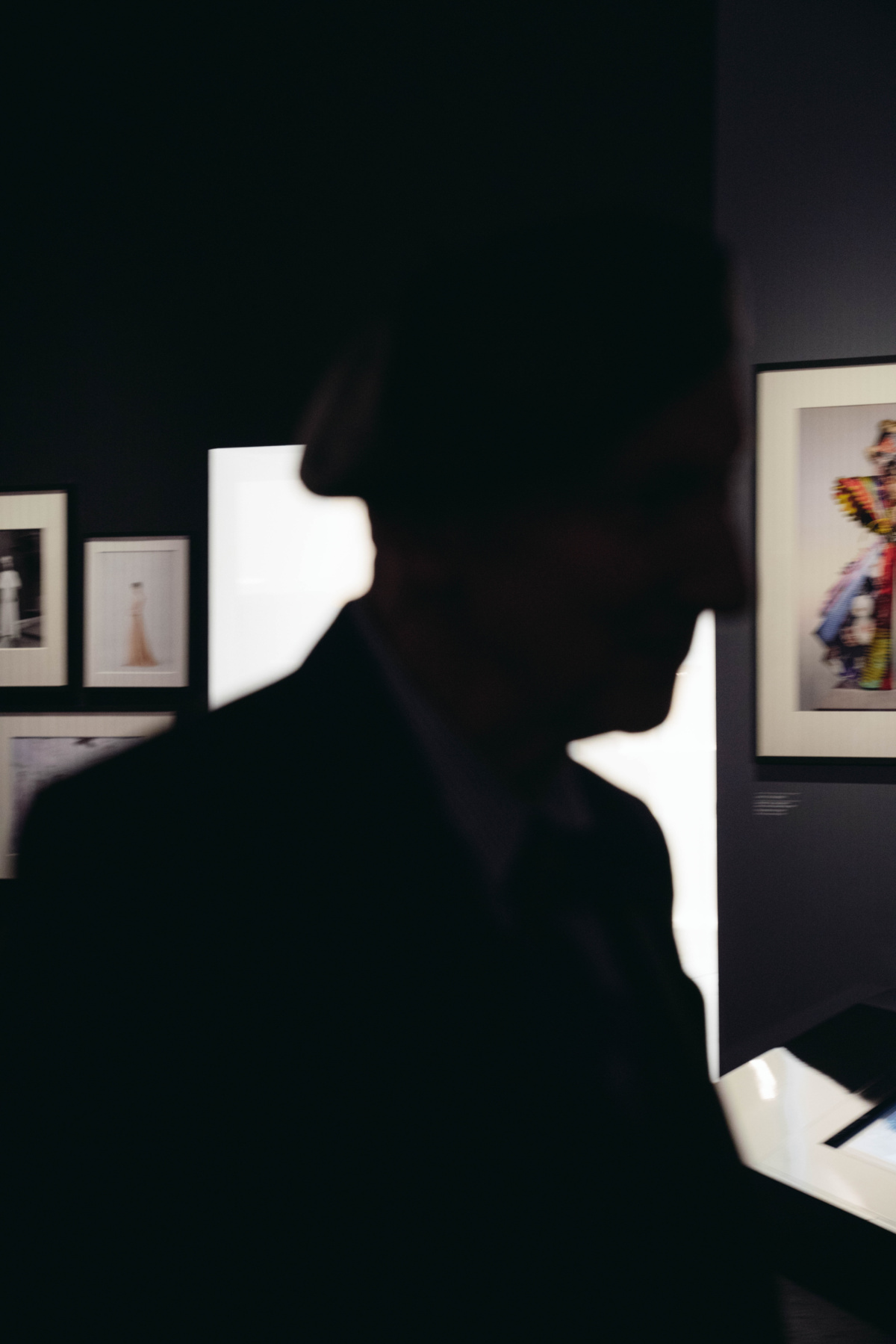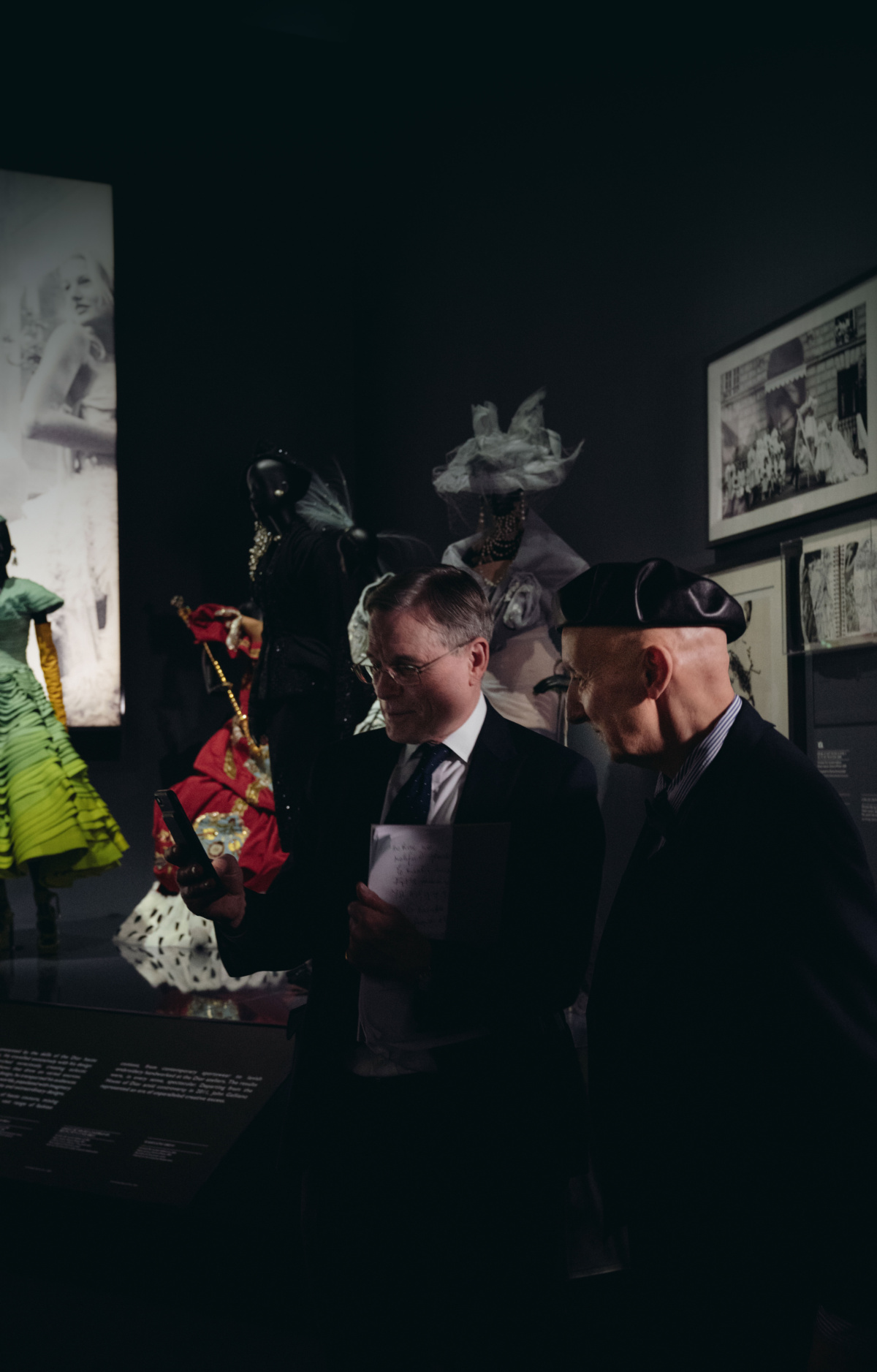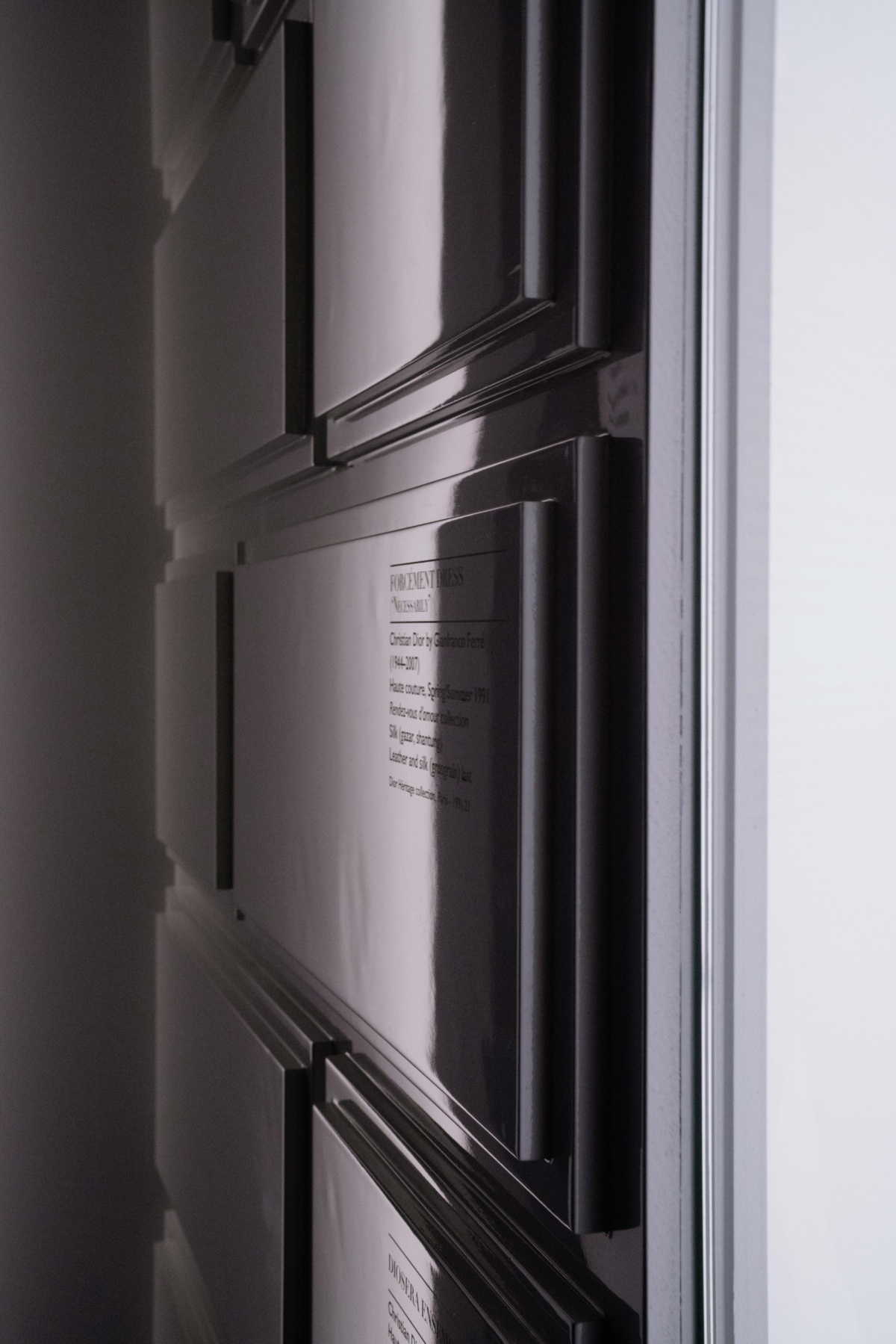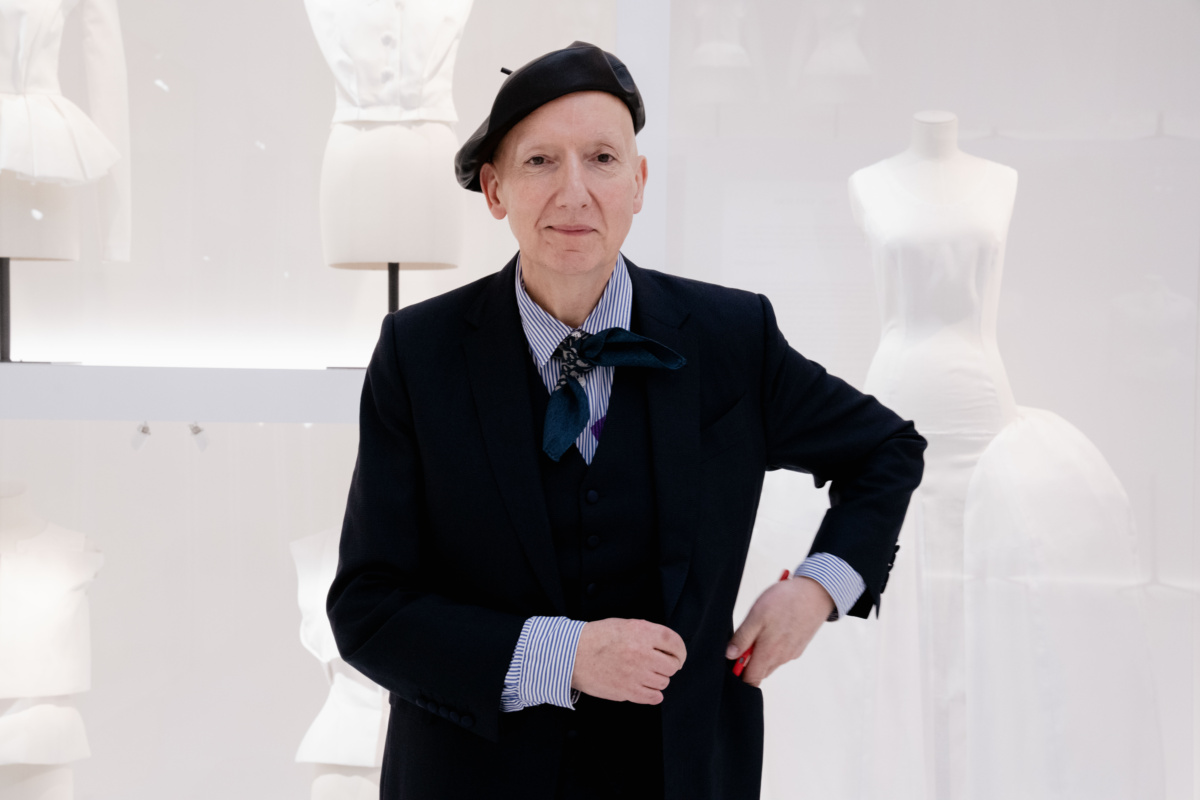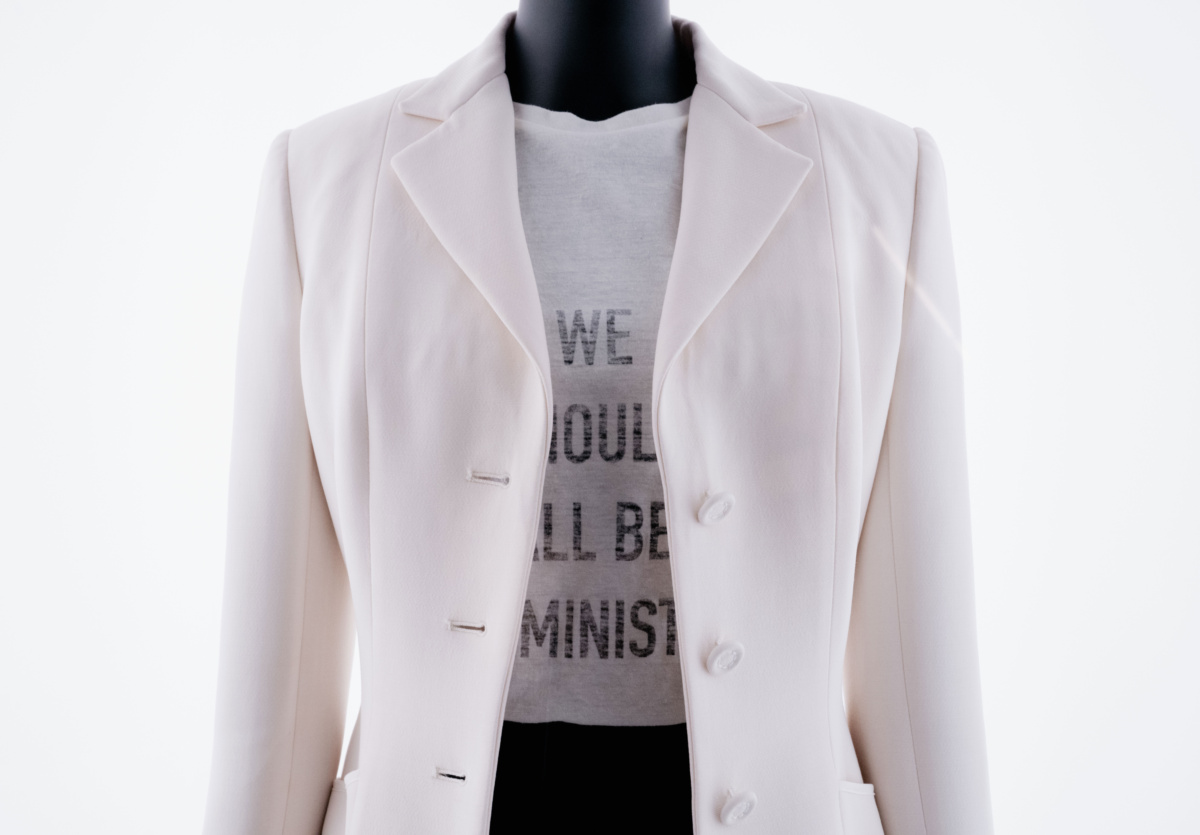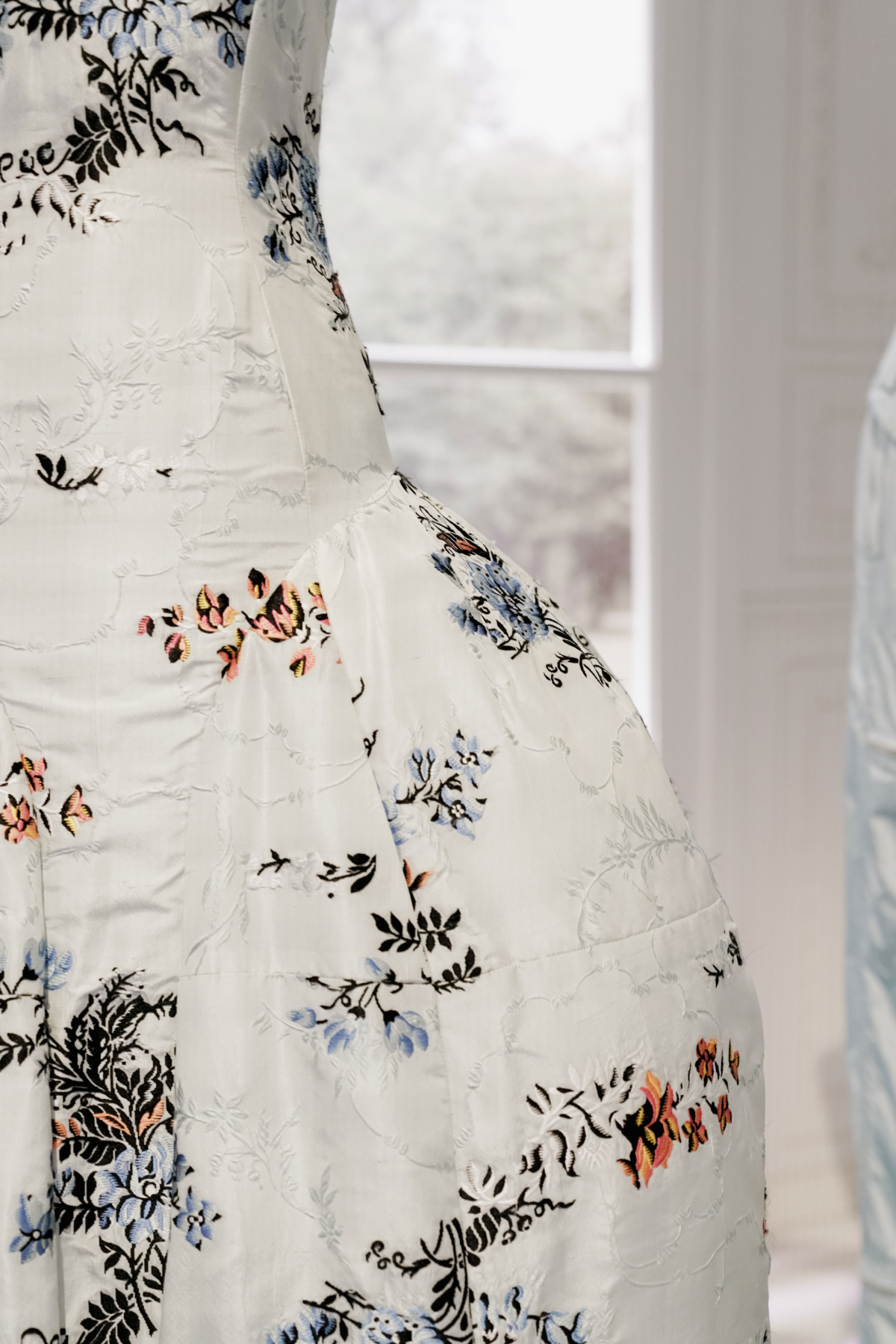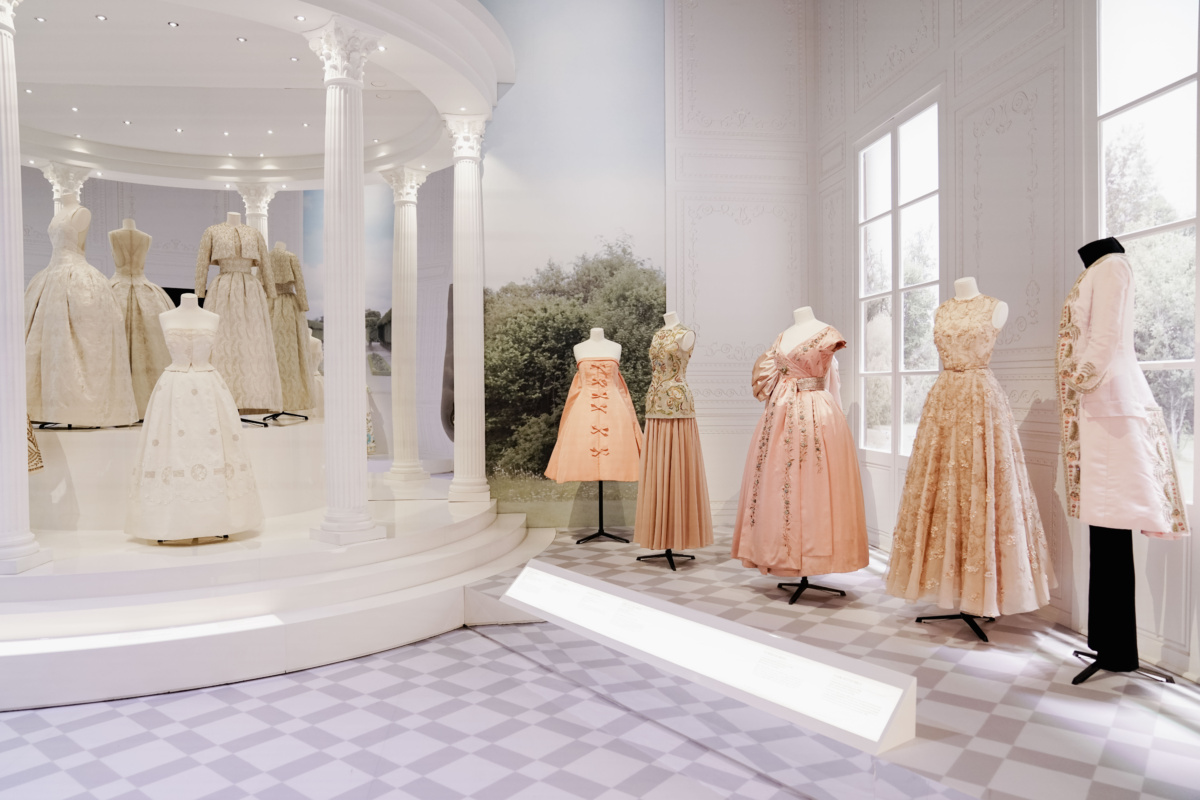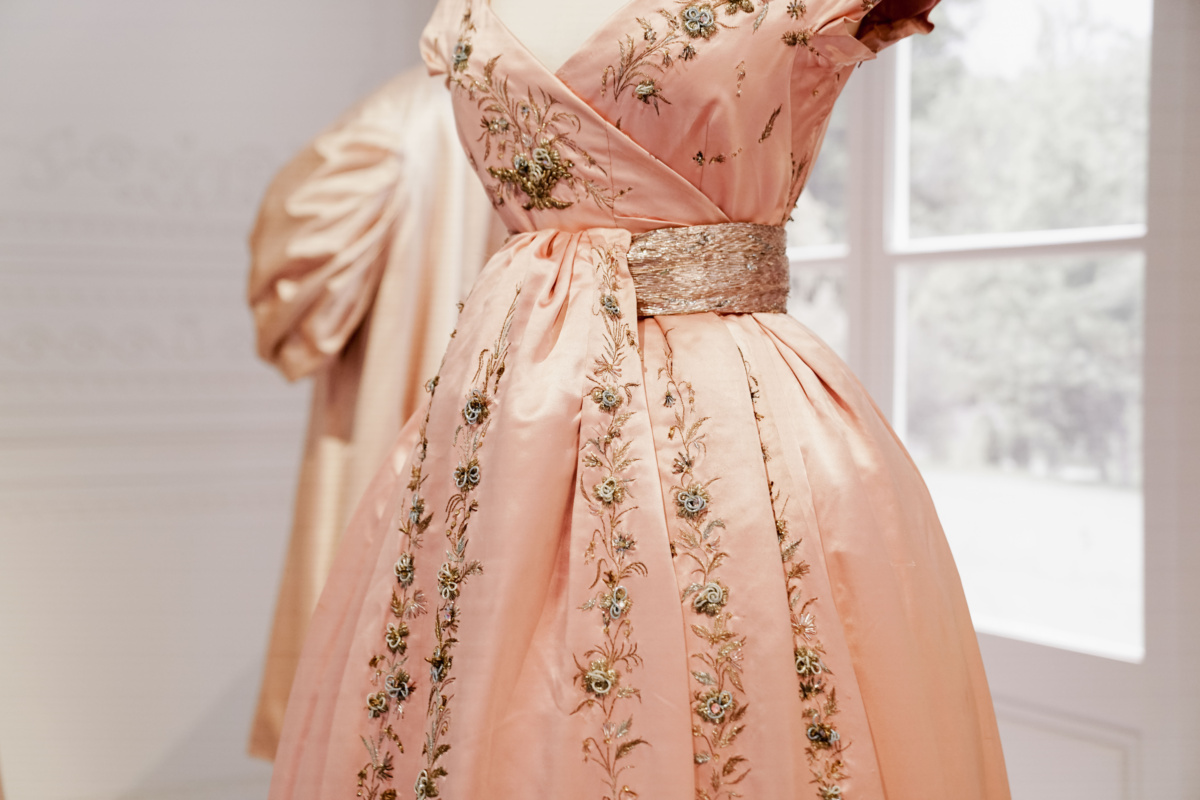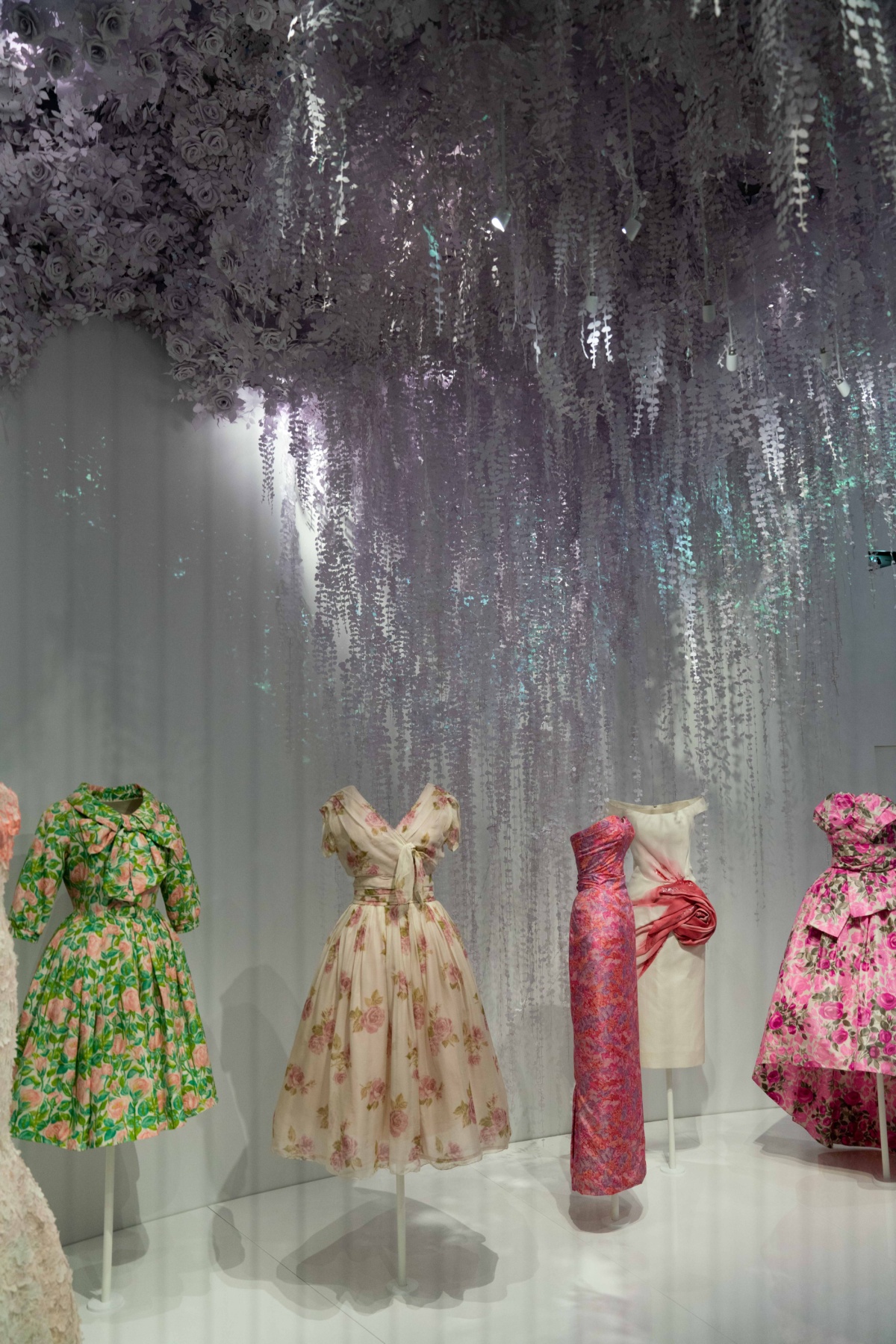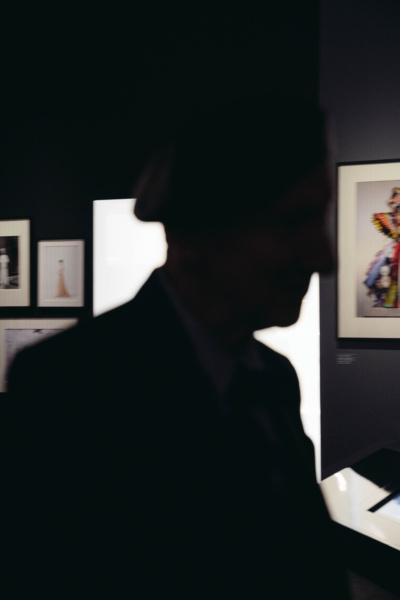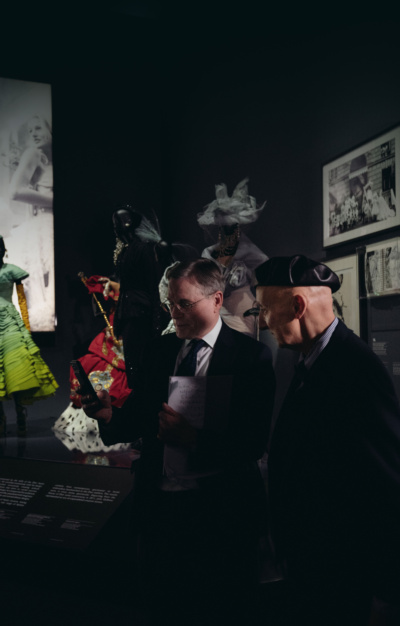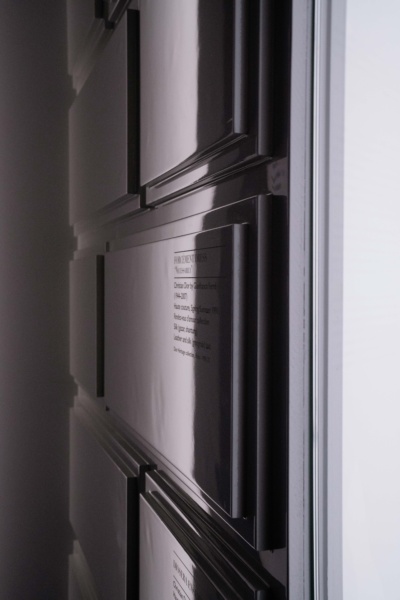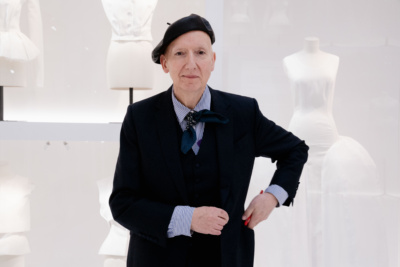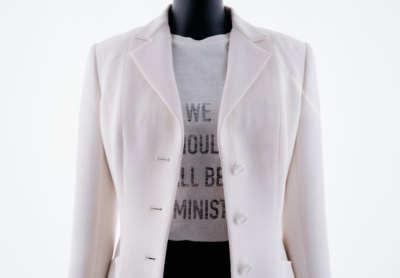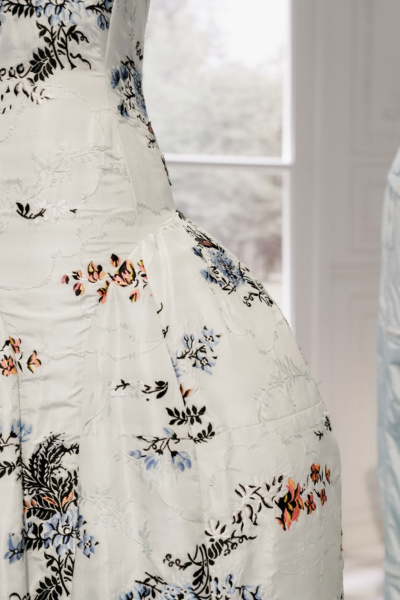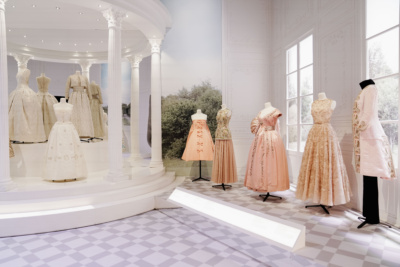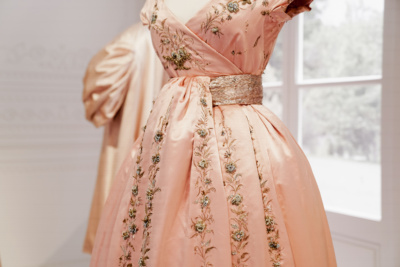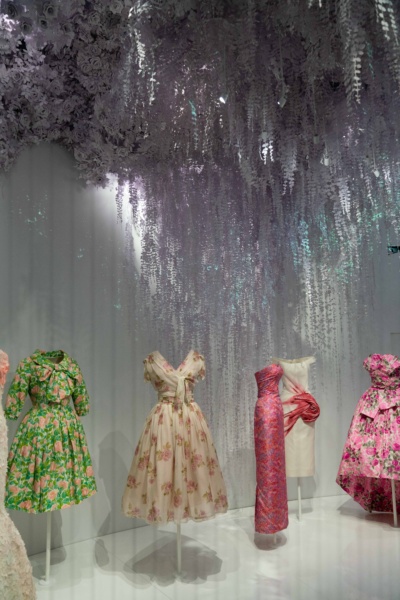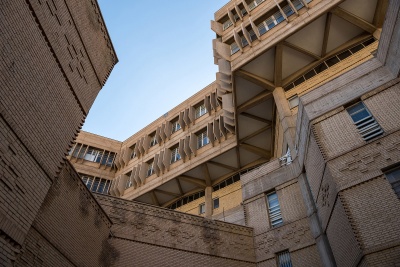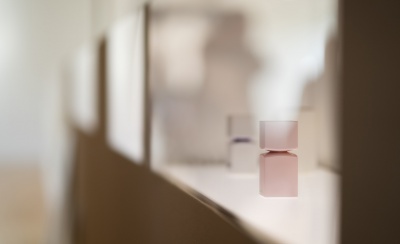CHRISTIAN DIOR: THE MAN BEHIND A REVOLUTION

Christian Dior: Designer of Dreams
Supported by Swarovski
Victoria and Albert Museum
The Sainsbury Gallery
2 February – 14 July 2019
Christian Dior: Designer of Dreams is the latest in the V&A’s series of major fashion exhibitions, including Alexander McQueen: Savage Beauty; The Glamour of Italian Fashion: 1945-2014; The Golden Age of Couture: Paris and London 1947-1957. In 2017, the V&A staged a retrospective on Cristóbal Balenciaga, and current exhibition, Fashioned From Nature, is on show until 27 January 2019.
Archival Imagery courtesy of V&A
Christian Dior: Designer of Dreams is at the V&A from 2 February – 14 July 2019
www.vam.ac.uk
Tickets
Tickets for the V&A exhibition cost between £20 to £24 and can be booked online now.
There is no other country in the world, besides my own, whose way of life I like so much. I love English traditions, English politeness, English architecture. I even love English cooking.
— Christian Dior


Based on the major exhibition Christian Dior: Couturier du Rêve, organised by the Museé des Arts Décoratifs, Paris, the exhibition is reimagined for the V&A by curator Oriole Cullen – bringing Christian Dior’s obsession with Britain to the forefront with a brand new section.
A brand-new section explores, for the first time, the designer’s fascination with British culture. Dior admired the grandeur of the great houses and gardens of Britain, as well as British-designed ocean liners, including the Queen Mary. He also had a preference for Savile Row suits. His first United Kingdom fashion show took place at London’s Savoy Hotel, and in 1952 he established Christian Dior London.
The exhibition investigates Dior’s creative collaborations with British manufacturers, including Dents (gloves), Rayne (shoes) Lyle & Scott (knitwear) and Mitchel Maer (costume jewellery). It also focuses on his most notable early British clients, from author Nancy Mitford to ballet dancer Margot Fonteyn. A highlight will be the Christian Dior dress worn by Princess Margaret for her 21st birthday celebrations, generously on loan from the Museum of London following conservation work. The exhibition also brings to life Dior’s spectacular fashion shows staged in the UK’s most luxurious stately homes, including Blenheim Palace in 1954, of which several ensembles are now in the V&A’s collection.
Drawn from the extensive Dior Archives, the exhibition presents over 500 objects, with over 200 rare Haute Couture garments shown alongside accessories, fashion photography, film, vintage perfume, original make-up, illustrations, magazines, and Christian Dior’s personal possessions. It also showcases highlights from the V&A’s world-class Couture collections, including the iconic Bar Suit, gifted to the museum by the House of Dior in 1960 with the help of Cecil Beaton.


The exhibition highlights Dior’s total design vision, encompassing garments, accessories and fragrances. Flowers are emblematic of the Couture House and have inspired silhouettes, embroidery and prints, but also the launch of Miss Dior in 1947, the first fragrance created alongside the very first show.
From horticulture to global travel and 18th-century decorative arts, the show reveals the sources of inspiration that defined the House of Dior’s aesthetic. From the daring designs of Yves Saint Laurent to the rational style of Marc Bohan, the flamboyance of Gianfranco Ferré, the exuberance of John Galliano, the minimalism of Raf Simons, and Maria Grazia Chiuri’s feminist vision of fashion, the exhibition shows how each successive artistic director has stayed true to Dior’s vision of Haute Couture, while bringing their own creative sensibilities to the House.

Christian Dior: Designer of Dreams brings to the V&A an in-depth and wide-ranging study of the unique Haute Couture garments since 1947. The exhibition delivers 11 unique chapters of Dior’s different designer eras to explore, showcasing the exquisite skill and craftsmanship of the ateliers and successive designers from the House of Dior:
Christian Dior – offers an extended biography on Christian Dior (1905 to 57), from family life to his early career as a gallery owner and the founding of the House of Dior in 1946. It encompasses Dior’s extensive travel, the global success of his couture house and the development of Dior perfumes.
The New Look – focuses on Dior’s famed Bar Suit from his ground-breaking first collection in 1947 and considers how subsequent Dior designers have reinterpreted it over the years.
The Dior Line – showcases ten defining looks made between 1947 and 1957, Christian Dior’s own tenure at the House.
Dior in Britain uncovers Christian Dior’s personal love of England and his British client’s reciprocal love for his fashion. Focusing mostly on Dior’s lifetime, it highlights early Dior fashion shows staged in country houses and grand hotels around Britain, the Dior London company and British clients.
Historicism – examines the influence of historic dress and decorative arts in the House of Dior’s designs from 1947 to today, encompassing Dior’s love of the 18th century, and the Belle Époque fashions worn by his mother, Madeleine Dior.
Travels explores how travel and different countries and cultures have consistently inspired the various designers at the House of Dior.
The Garden – highlights the importance of flowers and gardens as a source of inspiration to the House, from garments to perfume.
Designers for Dior – spotlights the work of the subsequent six key artistic directors since Christian Dior’s death in 1957. The Ateliers showcases toiles from the Dior Ateliers in a stunning ‘cabinet of curiosity’ style installation.
Diorama – examines the breadth of the House of Dior, from accessories including costume jewellery, hats, shoes and bags, to illustrations, miniature dresses and archive lipstick and perfume, bottles, collected in a kaleidoscopic display.
The Ballroom – celebrates the fantasy of the Ball, evoking the lavish interiors of the great houses of Britain. Showcasing 70 years of stunning formal evening wear, this section reveals the incredible skill of the Haute Couture ateliers.

N’oubliez la femme. Don’t forget the woman. For me, it’s impossible to forget the woman – I am the woman. — Maria Grazia Chiuri, Dior’s first female designer
Chiuri was born in 1964 in Rome, Italy. From 1999 to 2016, Chiuri worked for Valentino, her then best teammate was Pierpaolo Piccioli. She has studied in IED, Istituto Europeo di Design in Rome.
In July 2016, Chiuri was announced as the creative director at Dior. “She will be the first woman to lead the creative side in the label’s 69-year history, and the role will be her first solo appointment after more than two decades of working with Pierpaolo Piccioli, who has been named creative director at Valentino.” Chiuri took the spot left over when Raf Simons left the position in October. “As artistic director of the storied Paris fashion house, Miss Chiuri will follow in the footsteps of designers like Yves Saint Laurent, Gianfranco Ferre and John Galliano.”
She put on her premiere fashion show for Christian Dior SE during September for the Fashion Week spring and summer line in 2016. Featured in the show there was a T-shirt bearing the title of Chimamanda Ngozi Adichie‘s essay We Should All Be Feminists.
The collection caused a lot of controversy as it was later revealed that many pieces were in fact exact replicas of traditional Romanian folk costumes. The refusal of Dior and of Chiuri led to an online campaign under the hashtag #givecredit.

“The exhibition is indubitably British, starting with the V&A as its unique venue, the scenography, the display techniques and exhibition design. It is a maze of romantic floral bouquet blossoms with the freshness of lily-of-the-valley and posh princesses’ gowns – the dreams of millions of girls – literally the blueprint for many weddings this Summer.
Yves Saint Laurent as one of Dior designers feartured in the hall of fame of the exhibition has left the most timeless legacy to witness for the House of Dior alongside designer Raf Simons.
What is missed at the exhibition is the story and impact of film director Alfred Hitchcock and how he popularized Dior’s wasp shaped couture to a much wider audience, namely the Hollywood of America. Cinema, music and mainly actoresses were the marketing tools of those days.”
— Kimberly Lloyd, Qompendium


“In 1947, Christian Dior changed the face of fashion with his New Look, which redefined the female silhouette and reinvigorated the post-War Parisian fashion industry. The V&A recognised Dior’s important contribution to design history early-on in his career, acquiring his sketches and garments from the 1950s onwards. The influence of Christian Dior’s design was all-pervasive and helped to define an era. In their own individual ways, each of the House’s successive artistic directors have referenced and reinterpreted Dior’s own designs and continued the legacy of the founder, ensuring that the House of Christian Dior is at the forefront of fashion today. More than seventy years after its founding, the V&A’s exhibition celebrates the enduring influence of the House of Dior and reveals Dior’s relationship with Britain.”
— Oriole Cullen, Fashion and Textiles Curator at the V&A
